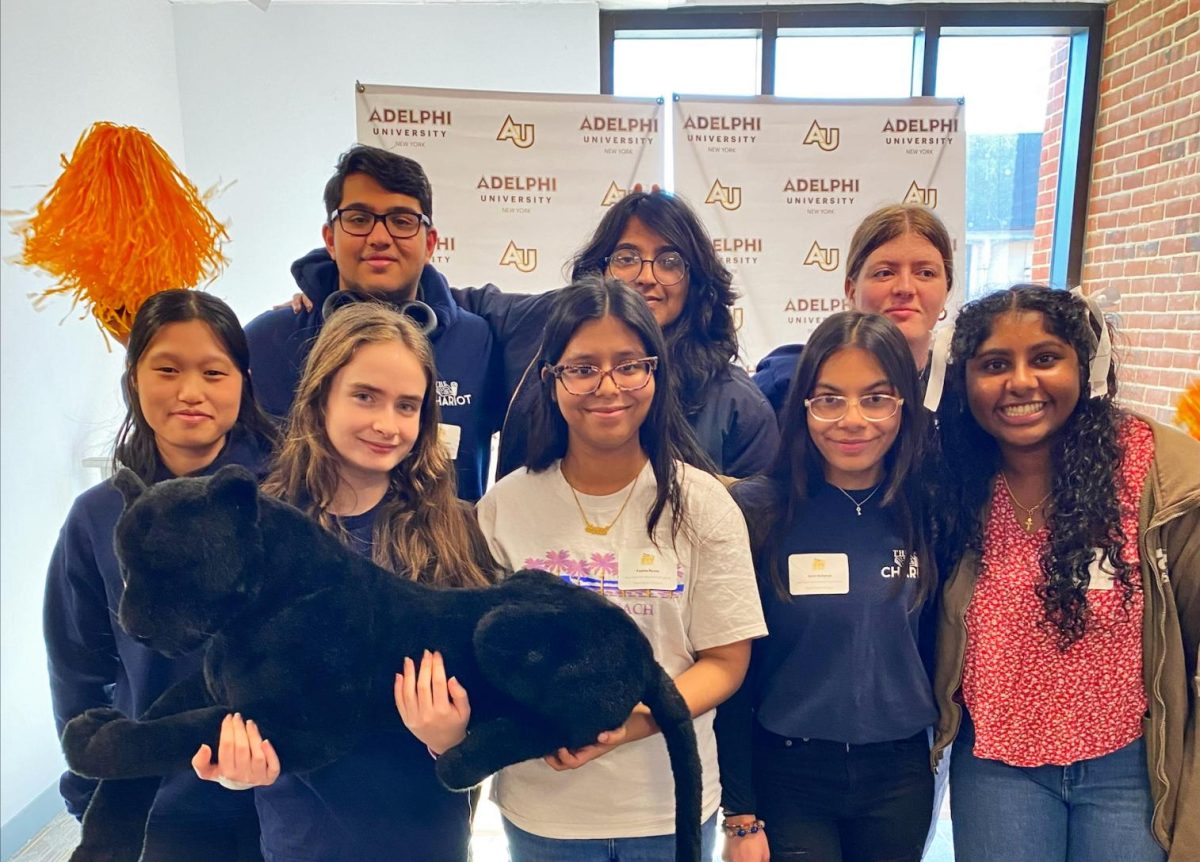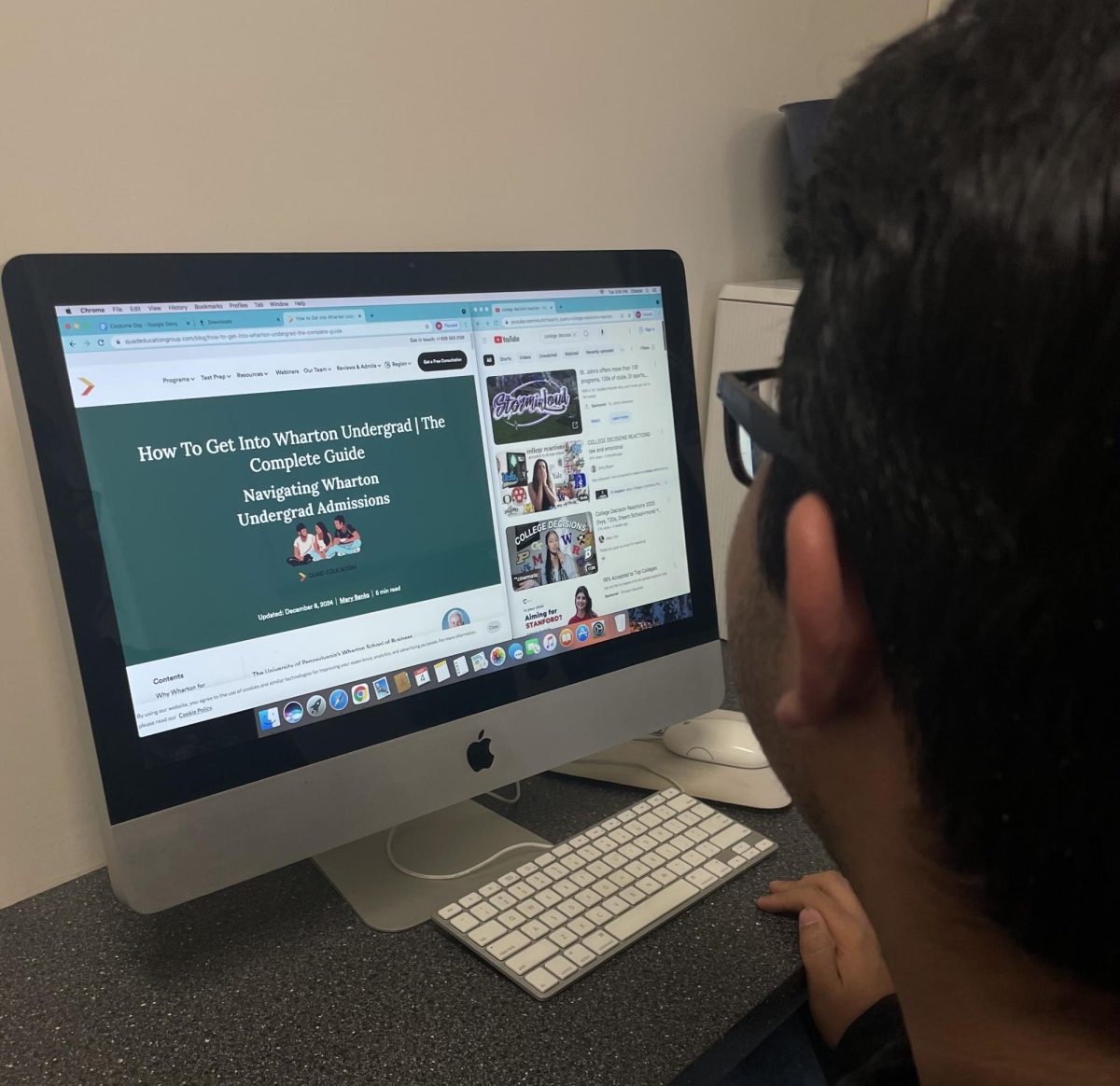On November 7, Ohio voters went out to the polls to decide whether they believed that there should be a guaranteed right to abortion access in their state constitution. After weeks of organizing, canvassing and debate, 56.62% of Ohioans voted yes on Issue 1, enshrining access to abortion, up until fetal viability, in Ohio.
Ever since the Supreme Court’s ruling in Dobbs v. Jackson Women’s Health Organization (2022), which overturned Roe v. Wade, the issue of abortion was suddenly delegated back to the states. Some states had trigger laws in place that banned abortion once the ruling came into effect. Similarly, after the decision, many states also enshrined abortion access in their state constitutions. However, some states, such as Michigan and Kansas, opted to hold referendums on abortion, with voters deciding if abortion should remain legal in their state. Similar to Ohio’s, these referendums were highly contentious, with various interest groups and politicians taking a keen interest in the results of the referendum. The total expenditures of pro-amendment and anti-amendment political action committees in Michigan exceeded 65 million dollars. In both purple Michigan and red Kansas, the referendum passed, as it did in Ohio.
In Ohio, the amendment permitted abortion until fetal viability, except if an abortion “is necessary to protect the pregnant patient’s life or health.” As with other similar measures, the buildup to the vote garnered immense attention from both politicians within Ohio and the rest of the country. Not only was the vote influential in securing abortion rights, but it also served as a litmus test regarding the ability of abortion rights to mobilize voters and the strength of differing party positions regarding abortion limits, especially in red states and purple states. Despite the majority of Ohio Representatives being Republican, the amendment was very popular in the Buckeye state. Over 2.1 million people voted in favor of the protection of abortion rights, transcending party lines and partisanship.
“This has shown that the American population, even Republicans, have moved to a more moderate stance regarding abortion,” said social studies Chairperson Mr. Galvin.
Since the verdict on Roe v. Wade was delivered in 1973, public opinion on abortion has shifted considerably in favor of the procedure. According to Gallup, in 1975, only 21% of Americans believed that Abortion should be legal in all cases, as opposed to 61% today. This issue has been shown to transcend party lines as well, with voters in more conservative states such as Kansas and Kentucky rejecting ballot measures that would’ve added amendments to their state constitutions explicitly banning abortion access. One of the clearest indicators of this shift is Michigan. In 1972, a year before Roe v. Wade, 60% of Michigan voters rejected a state statute that would’ve allowed physicians to perform abortions up until the 20th week of pregnancy. However, last year, Michigan voters approved a similar constitutional amendment that enshrined access to abortion until fetal viability, supplanting a 1931 law that unilaterally banned abortion.
“Personally I feel that abortion should be in the hands of the federal government,” senior Pari Shah said. “Only because with conflicting views inside state borders, people would be given their rights based on the majority which rids the minority of their choice. For example with the overturning of Roe v. Wade, states such as Arkansas, Idaho and North Dakota have adopted very strict policies that were set in place based on what the majority of the people want, but it fails to recognize that inside states, differing perspectives exists and their rights are now being violated as they can not choose for themselves rather have to abide by what is chose for them.”
With the verdict in Ohio and others like it, abortion has proven to be an issue that can mobilize voters, even in conservative states, to an immense degree. These referendums have been monumental achievements in restoring reproductive rights in states across the country.













![”[Billie Eilish] truly was made to be a performer and I hope everyone has a chance to see such an amazing show,” junior Nyelle Sarreal said.](https://nhpchariotonline.com/wp-content/uploads/2025/06/IMG_1108-e1749239774437-1200x860.jpeg)




















